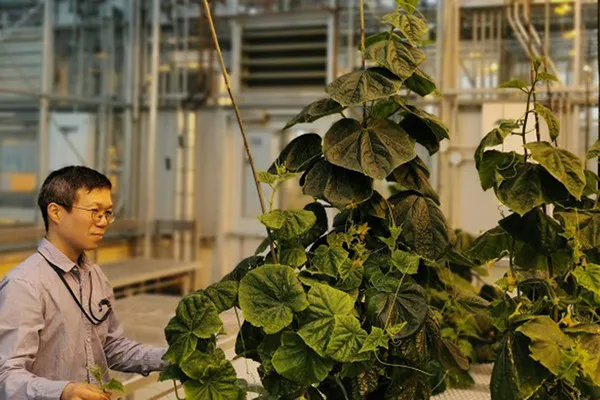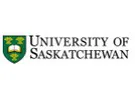The project, co-led by Dr. Brian Ham (Ph.D.) of GIFS and Dr. Jean Claude Kieffer (Ph.D.) at the Institut national de la recherche Scientifique (INRS) in Quebec, has been awarded $250,000 and lab time by the New Frontiers in Research Fund (NFRF) along with $20,000—the equivalent of two weeks of lab time—from LaserNetUS, an entity that co-ordinates laser access in North America.
The resources will help the team use real-time imaging with a specially designed semi-portable source of synchrotron radiation, which provides a brilliant light source that can show materials at the molecular level, to analyze how a plant mobilizes and redistributes key minerals at the whole-plant level to survive under nutrient-limiting stress conditions. The goal of the project is to develop more efficient plants with better nutrient uptake and distribution.
Ham, Research Chair in Plant Molecular Signaling and Root-Soil-Microbial Interactions at GIFS, is joined on the team by GIFS Senior Research Fellow Dr. Emil Hallin (Ph.D.), as well as GIFS researchers Dr. Jieyu Chen (Ph.D.) and Dr. Wendy Lyzenga (Ph.D.).

Photo: Olufunke Okochi
Resources
“At GIFS, we’re always looking for new ways to improve plants and that requires innovative ways to examine them,” said GIFS CEO Dr. Steven Webb (Ph.D.). “It’s a testament to the resources, platforms, and technical expertise that we have here and in Saskatchewan’s agtech ecosystem that we’re able to help lead an innovative project like this.”
Currently, there is no method to quickly map and image nutrient elements in an intact living agricultural plant in situ. Ham’s project seeks to change that.
“Examining samples of plants can show us moments in time, but examining live plants shows us the full picture of how plants use, move, and store nutrients when facing external challenges,” said Ham. “If we can make connections between physical activities and corresponding genetic traits, we can help develop more sustainable plants.”
Examining live plants
While other imaging methods require plants to be deconstructed, the portable synchrotron removes that requirement, allowing researchers to examine live plants to see how nutrients move when these plants face challenges. By determining how fast these nutrients move under stress and which elements travel to which areas, the project can help plant breeders design plants that distribute and store nutrients more efficiently.
The next-generation platform used in this project, known as the betatron beamline at the laser-wakefield accelerator facility in Varennes, Quebec, is based on plasma physics and an integrated ultrafast laser that produces synchrotron light in a compact package. It was developed within the Plant Phenotyping and Imaging Research Centre (P2IRC) at USask, a digital agricultural research center funded by the Canada First Research Excellence Fund (CFREF) and managed by GIFS on behalf of the university. Developed by Kieffer in partnership with Hallin, it can be used inside a lab or greenhouse and provides high magnification and high-contrast real-time imaging of intact live plants.
“The information will help breeding programs to develop varieties with more efficient nutrient acquisition and utilization that will reduce fertilizer input costs for farmers and increase the environmental sustainability of agriculture,” said Hallin. “Our hope is to extend the research into other important crops such as wheat, sorghum, and soybeans.”
For more information:
University of Saskatchewan
www.news.usask.ca.
